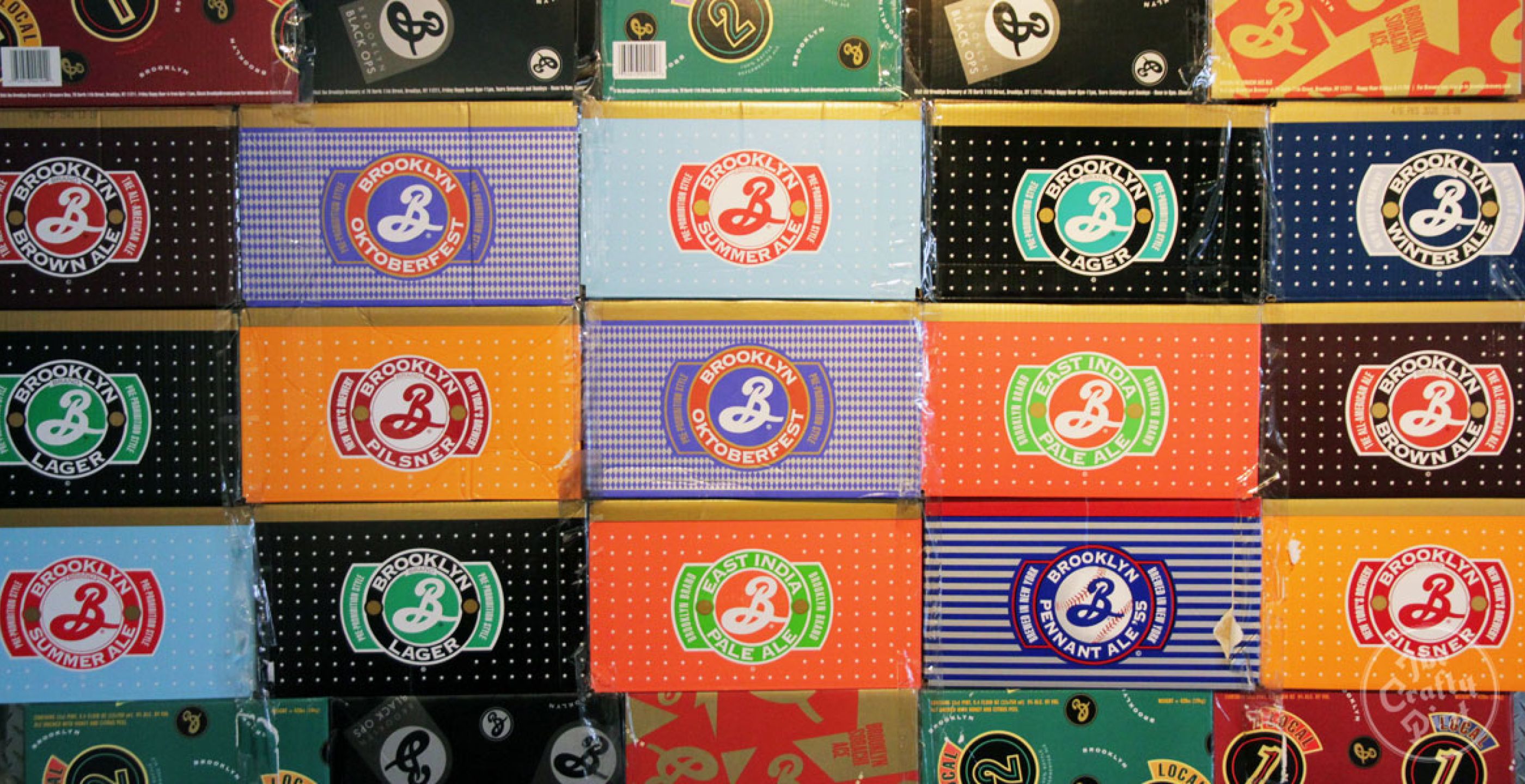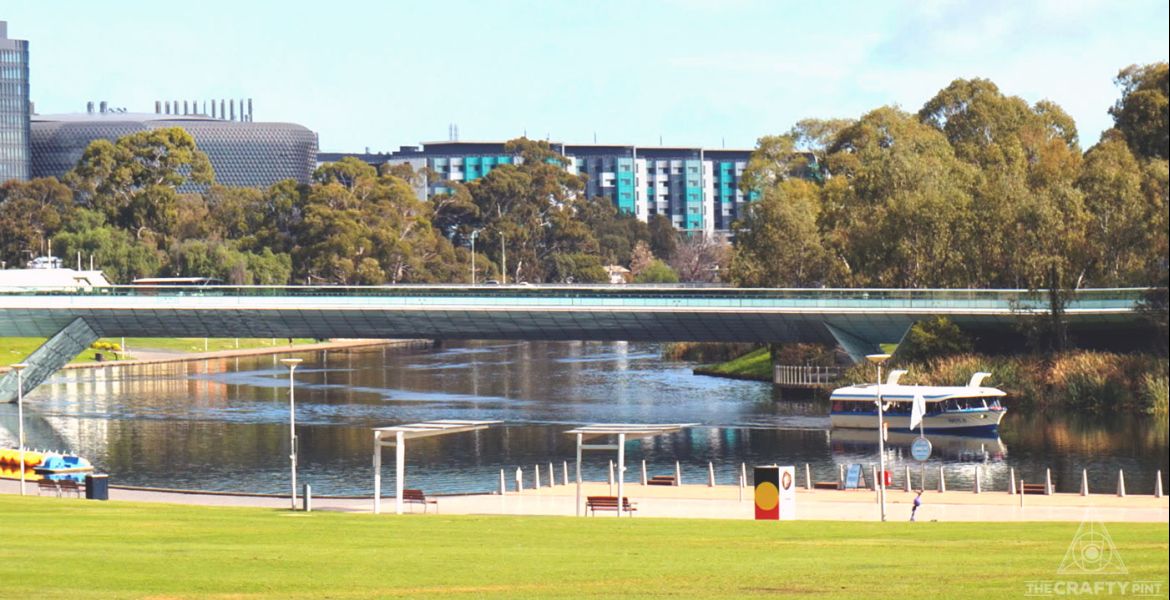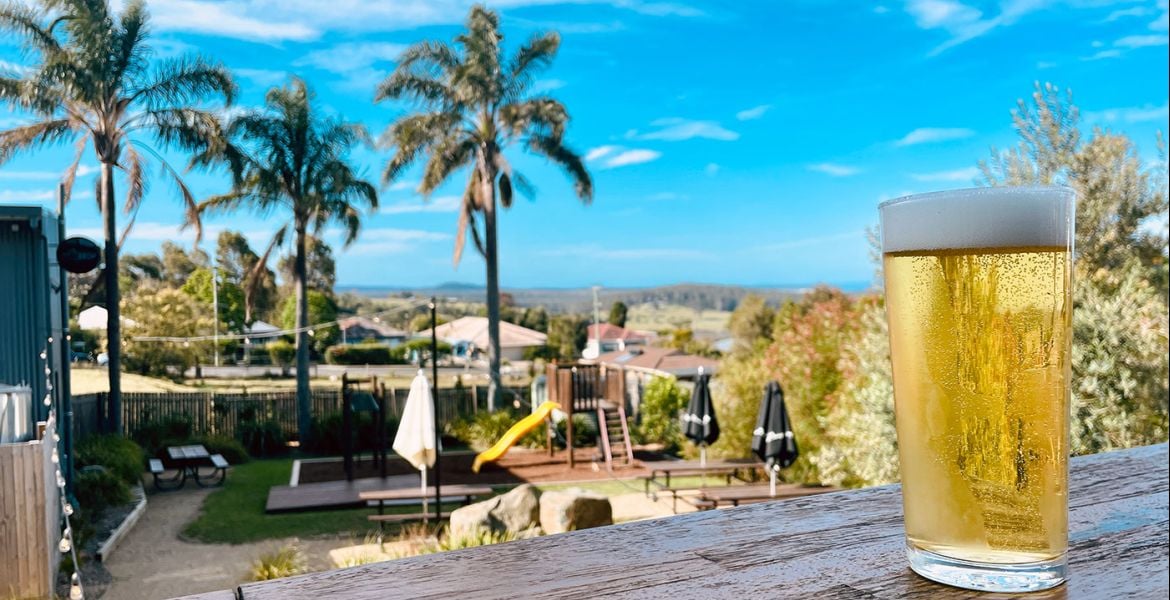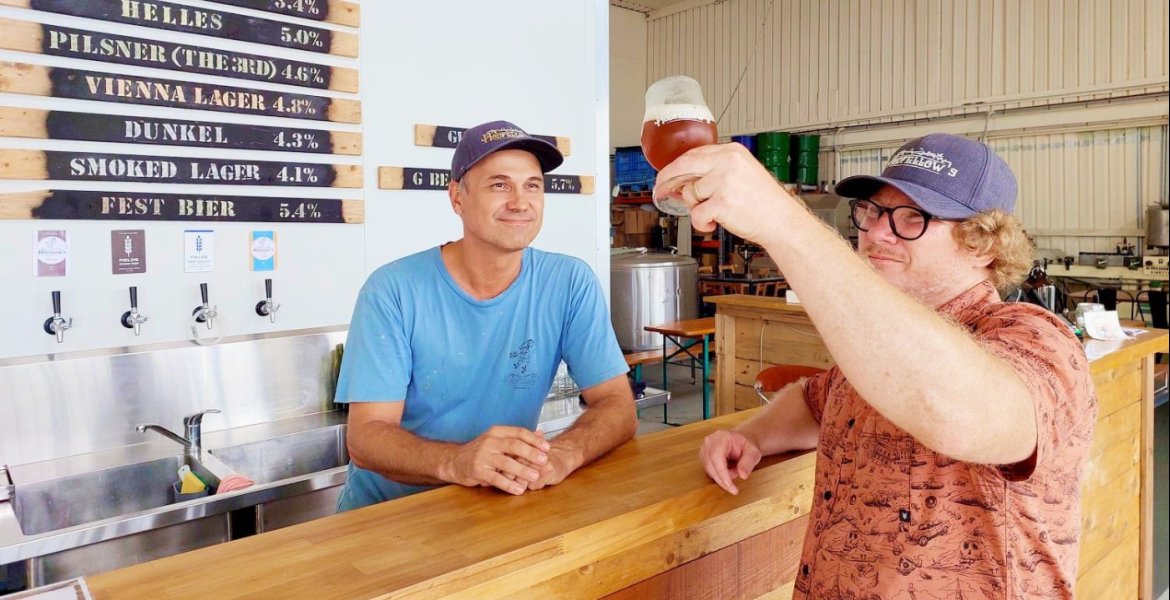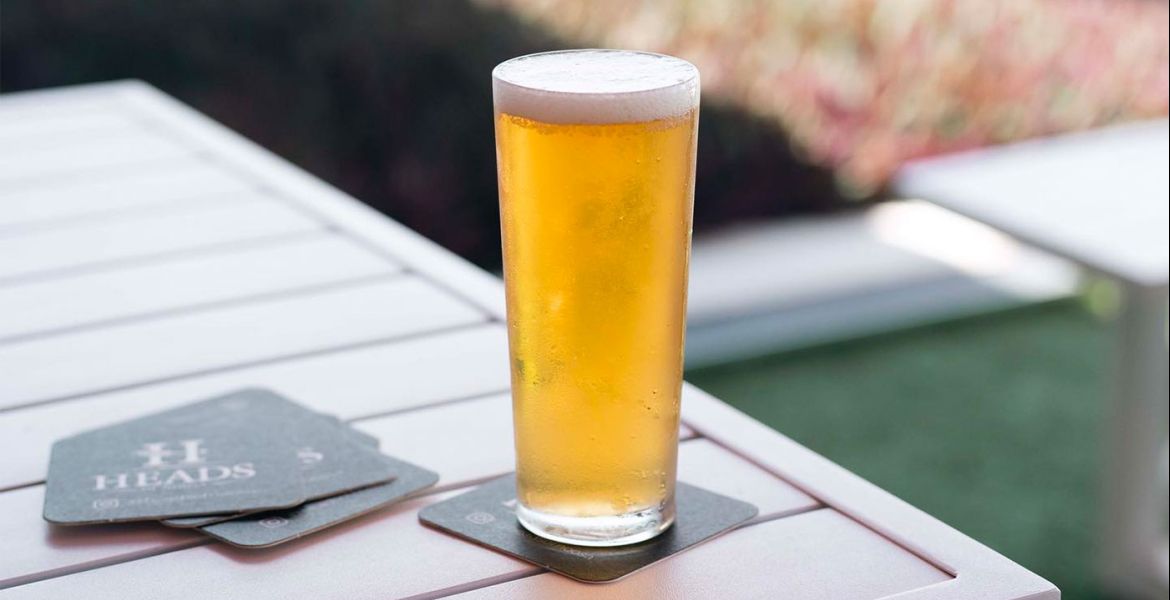In August 2015, The Crafty Pint wrote about the deal between Brooklyn Brewery and Coopers that saw draught Brooklyn Lager brewed in Australia. Since then, Kirin has taken a 24.5 percent stake in the brewery, while its flagship beer has continued what seems like an inexorable rise across the globe.
As he spends a few days in Australia, we caught up with Brooklyn Brewery CEO Eric Ottaway for a chat that ranged from the relationship with Coopers to reflections on some of the current problems facing the American craft beer market. He also touched on lessons that Australian breweries could learn from their peers in the States.
Australian brewery owners with grand ambitions could do worse than look to Brooklyn Brewery for ideas. The Williamsburg based brewery is well on the way to becoming a truly global operation and is enjoying continued – and rapid – sales growth here in Australia, particularly since taking the decision to start brewing its flagship Lager at Coopers. Since then, the brewery has almost doubled sales in what is one of its many international markets in little more than a year – an impressive feat for any business.
The partnership is one that gives Brooklyn CEO Eric Ottaway reason to visit Australia regularly, a benefit of his company’s growth he thoroughly enjoys. And those regular visits make him ideally placed to offer thoughts on the current and future state of play for local craft brewers, given his knowledge and experience of the US industry.

We caught up with him as he passed through Melbourne this week on his latest tour Down Under and found him keen to stress that the brewery has followed a cautious path when growing its brand here in Australia – and that caution is something from which small Australian operations could benefit.
It's a path that, thanks to the partnership with Coopers – the Adelaide brewery chosen in part due to its long history as a family owned brewery and understanding of the importance of longterm growth – is helping flagship beer Brooklyn Lager become part of the fabric of the local beer industry. Breweries in Japan and Sweden also brew the beer under license, meaning it is becoming a globally recognised touchstone – something that has long been a goal for the brewery for a beer first brewed in 1988.
“A longer term dream for us is that Brooklyn Lager becomes the international craft reference point for its style,” says Eric. “So, in the amber lager category, Brooklyn Lager could be like Guinness is in the Irish stout category.”
Those familiar with the US craft beer market might also recognise another benefit of Brooklyn focusing on growing their brand internationally. In recent years, the market there has shown signs of a slowdown in growth, with commentators suggesting parts of the country have become over-saturated.
“Certainly, in the US, we have gotten to a point where we have a certain amount of over-saturation and that’s really affected the market recently," says Eric.
“There has been something of a slowdown in growth and it hasn’t come from a declining interest in better beer. What it’s come from is too much confusion for the consumer.
“I think we are at that point now where the consumer just doesn’t know what to make of the [craft] category anymore. So what they are reverting to are the classic imports. Mexican imports are hot right now and it’s because they are so simple.
“Consumers are still interested in premium beer but have shifted to simpler concepts and, right now, craft is really confusing because of the number of beers on shelves.”

If the US market is indeed over-saturated, then future brewery closures and buyouts should come as no surprise if the market continues to slow. Yet Eric says any correction in the market is likely to create a change in the way breweries are run.
“I think what’s going to happen is the business models are going to shift more towards small, hyper-local and be tap room driven,” he says. “You are going to see more of breweries that don’t really sell outside one location because there just isn’t enough room for a hundred different local beers on the shelves.
“Some of those breweries that are on the shelves now are already getting kicked off, I know that for sure. The question is: do they not survive or do they move to more of a taproom only model? That remains to be seen.”
Eric is a big fan of Australia, having spent much time here over the past few years, with Brooklyn one of the first major international breweries to embrace the opportunities offered by Good Beer Week, taking part in key events such as a collaborative brew day with Mountain Goat, the first Brew vs Cru at Vue de monde and a barrel blending masterclass at Boatrocker over the past few years. He says a clear benefit of working closely with Coopers is that he has reason to spend so much time here. And, while he is excited by the explosion of Australian craft breweries, he suggests that we are not immune to the problems American is currently facing.
“Australian craft really has been on this incredible tear for the last few years and that’s great to see,” he says. “But, to some extent, it’s almost like the number of craft breweries has probably gotten a little ahead of the consumer base.
“So the question is, will the consumer base catch up, or will the number of craft breweries have to rationalise before things get back into balance?”
He argues that there are two central ways that breweries can protect themselves from any contraction in the market. The first – and most important – is quality control: “If you don’t have a lab, or serious quality regimen in place, then you should have gotten onto that yesterday.”
If beer drinkers are continually buying beer that lacks quality, he adds, the problems caused by a slowdown in growth are likely to be accelerated. Alternatively, knowing there are quality craft beers in the market should help demand from consumers catch up with supply.
He also suggests breweries need to have a good grasp on who they are and their home market before they attempt to expand. While it might be tempting for a small brewery to sell its beers in another state, doing so runs the risk of overcapitalising.
“One thing I think Australian breweries should think about too is to make sure they are known for something,” he says. “I know IPA is kind of synonymous with craft these days but I think just kicking out an IPA is a hard way to distinguish yourself.
“At the end of the day, what are you known for? We make a lot of beers, over a lot of styles, but Brooklyn Lager is our flagship. I think not having a clear flagship is problematic for a brewery because then people don’t really know what you are about.”

That might seem like unusual advice from the CEO of a brewery that has an extensive barrel ageing programme and produces beers like Black Ops – a stout which supposedly doesn’t even exist outside legend. Yet, he insists that having an accessible core range has always been the cornerstone of Brooklyn.
“In many ways, the bigger we get, the more creative we get. But, at the same time, we always focus on our roots. While our sales team does go out to bars with all the interesting stuff, at the end of the day it’s the lager that really sells.”




